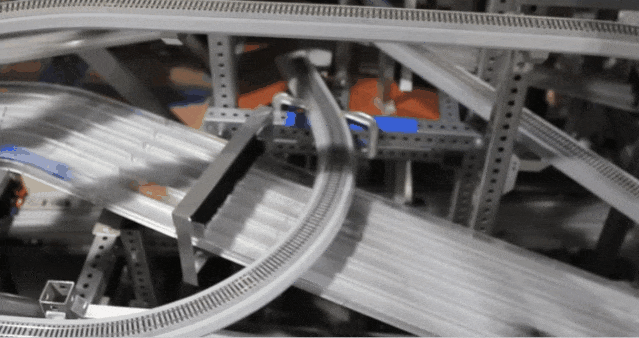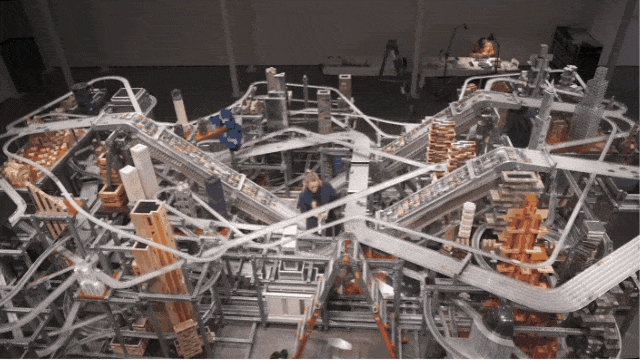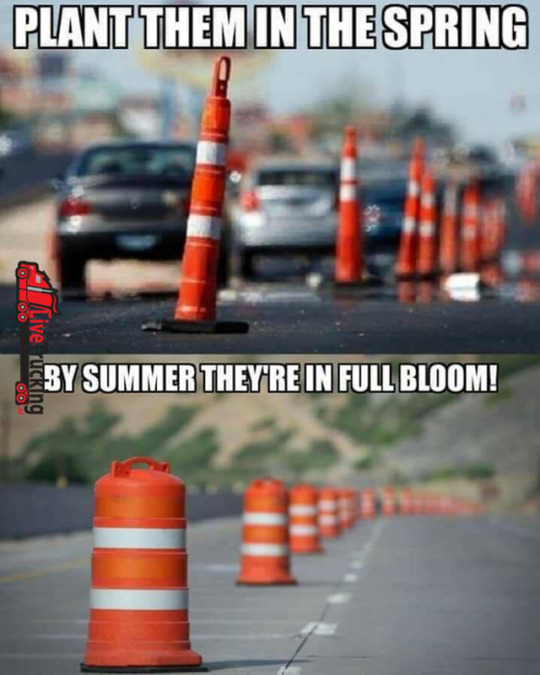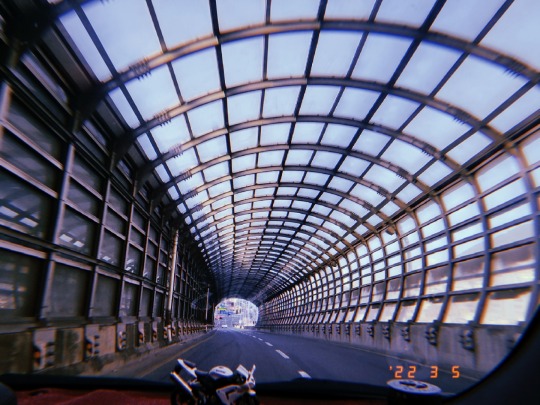#roadways
Text







Metropolis II by Chris Burden (2011)
#Metropolis II#chris burden#art#los angeles#kinetic sculpture#lacma#miniature cars#trains#trolleys#roadways#highway#amazing#mesmerizing
450 notes
·
View notes
Text

These crosses
All over my body
#ethel cain#family tree#preachers daughter#window reflections#religion#church#city#god#indie#religious trauma#lights#roadways#church trauma#music#irony#trees#nighttime#photography#edit#ethel cain art#ethel cain fanart#folk music#country#goth aesthetic#southern gothic#southern americana#aesthetic#small town america#small town gothic
18 notes
·
View notes
Text

11 notes
·
View notes
Text
Audioslave - I Am The Highway (Legendado)
youtube
#roadways#positivity#psicologicamente#lifegirl#spirituality#music video#fuck you#love#youtube#peace#playlist#audioslave#highway
2 notes
·
View notes
Text

🔸👁🗨Conscious InterDimensional RoadWays🔹
5 notes
·
View notes
Text

2 notes
·
View notes
Text

5 notes
·
View notes
Text
.
2 notes
·
View notes
Text
New York Bridge

#new york#new york bridge#photography#city#citylights#bridges#architecture#aesthetic#roadways#travel#street
4 notes
·
View notes
Text
Paving the Granted Bike Trail
Paving the Granted Bike Trail
by Kimberly MannMarch 18, 2024
Bike trails are a fun entertainment venue on the weekends for families to enjoy the outdoors. These trails have taken a few steps up in grade to dedicated trails paved with tax dollars intended for “..critical freight and passenger transportation infrastructure project(s).”
Popularity:Many citizens are in favor of bike trails. They…

View On WordPress
0 notes
Text

2024/2/15
0 notes
Text

While Aapka Transit for Marine Insurance
Aapka Transit is a consumer-first Marine/Transit Insurance Company. We provide India's best seamless digital experience when it comes to buying or claiming insurance for all our users.
0 notes
Text
Transportation Network
The system of transportation allows individuals and goods to move from place to place. Public transportation provides efficient services to meet the essential demands of citizens. Every organization, bank, agency, firm, or other workplace must need transportation services to complete their day-to-day tasks.
Not even a single enterprise can survive in the long run without trading goods and services. Whether it’s a small business or a big organization, they are required to establish a strong transportation network to merchandise their goods to different locations. Since this blog post contains important information about the transportation network, you will have a better understanding of its types and role in society.
What is a transportation network?
A transportation network or transport network is a set of links, lines, and nodes that depicts the infrastructure permitting or constraining a movement or flow. It refers to the framework of routes linking different regions or locations. Such networks are the outcome of a trade-off between the objective of combining as many locations as possible and infrastructure growth constraints.
What is the significance of the transportation system?
Transport plays an important role in assembling raw materials and distributing finished products. It makes it easier to move products from one place to another. The following reasons represent why the transportation system is essential for the nation:
It increases the variety and quality of goods, stimulating the development of trade and the economy of the country.
It provides a wide range of employment opportunities and enhances the country’s economy.
It contributes to revenue generation and stability because it is the primary means of connecting people and places.
Transportation enables greater productivity for producers of goods by expanding access to supplier markets, customer markets, and labor markets.
Through traveling, people can explore new places, develop new skills, and learn new concepts.
Apart from that, it develops tourism by allowing individuals to experience different cultures and values.
With transportation, students can access multiple educational opportunities because it entitles them to travel across the globe.
At last, it provides faster and safer access to police stations, hospitals, fire stations, and other government sectors.
Related: Daily Booster Article| study24hr.com
Types of transportation networks
Six major transportation networks enable organizations and service sectors to achieve their desired level of responsiveness at a minimum cost. It is the nature and strategy of the company that allows them to choose the best transportation network for them. Let’s review the six main networks.
1. Air networks
The air transportation network is a multiplex network that includes the properties of scale-free networks and small-world networks. It consists of airports, airlines, and the ATC (air traffic control) system. They all are interlinked, handling the aircraft operated by different airlines and enabling the transportation of passengers and cargo shipments. These networks are generally nodal hierarchies organized around a hub-and-spoke structure. In addition, the hubs of the air transport network have long-distance connectivity and vast integration simultaneously.
Examples of air transport are rockets, planes, drones, helicopters, and jets.
2. Road networks
A road network is the process of interconnecting points and lines that visualize the system of different areas. It is one of the main transportation systems that enhances the country's economic development. It enables the exchange of goods and services around the world and connects individuals to schools, hospitals, workplaces, etc. Such networks are hierarchical meshes, each maintaining a particular scale.
Examples of road transport are buses, motorcycles, scooters, rickshaws, and trucks.
3. Rail networks
Rail transport in India is one of the most significant modes of conveyance for people and goods. The railway networks are commonly a linear nodal hierarchy with nodes connected to trains, transit stations, and intermodal railroads. It covers the entire range of passengers, from the high-speed intercity system and conventional to regional, suburban, and urban. Such networks are responsible for the mobility of millions of people every day.
Monorails, rapid transit trains, commuter rails, trams, light rails, funiculars, and cable cars are examples of rail transportation.
4. Logistical networks
A logistics transport network is made up of hub cities and gateways where products are transferred between modes of transportation along rooted trade corridors. These networks are valuable for logistics firms because they enable them to perform all logistical and foreign trade operations effectively and efficiently. Logistical networks, on the other hand, are sequential multi-nodal hierarchies that facilitate business trade through a valid representation. It can analyze the location and number of warehouses, transportation costs, and trade-offs among stock quantities.
Examples of logistical transport are ships, trucks, planes, and trains.
To get educational help, please visit “study24hr.com”, an e-learning platform that provides the best services and facilities to its students, including mock test papers, tutorial videos, academic notes, daily boosters, and so on. The site aims at enhancing learners' academic performance and comprehension skills.
5. Maritime networks
Maritime transport networks are composed of circuitous webworks having a nodal hierarchy, including gateways, feeders, and hubs. It enables people and goods to move across the water through ports, waterways, and land-side connections. The MTS (Maritime Transport System) is the backbone of the global economy and international trade. More than 80% of the international exchange of goods is done by sea.
Barges, ships, tugboats, towboats, and ferries are some examples of maritime transport.
6. Power grids
A power grid is an interconnected network for supplying electricity from producers to consumers. These networks have a sequential linear hierarchy where the main nodes are the power generation resources through which electricity is supplied across high-voltage transmission lines to stations for sectional distribution. Besides, electrical grids are different in size and can cover whole countries or continents. They deliver electricity from power plants to industries, factories, and homes across the nation.
Examples of power grids are hydroelectric plants, coal-fired plants, nuclear power plants, solar farms, wind farms, etc.
Conclusion
When an organization ties up with a reliable transportation network firm, it begins to provide consistent performance with intact and complete deliveries on time. Remember, the success of any business lies in its transportation operations. The more dependable your goods trading is, the more successful you will become. So, choose the most appropriate transportation network based on the nature of your business.
#transportation#transport and logistics#airways#roadways#railways#aircraft#maritime#connectivity#infrastructure#citizens#business
0 notes

